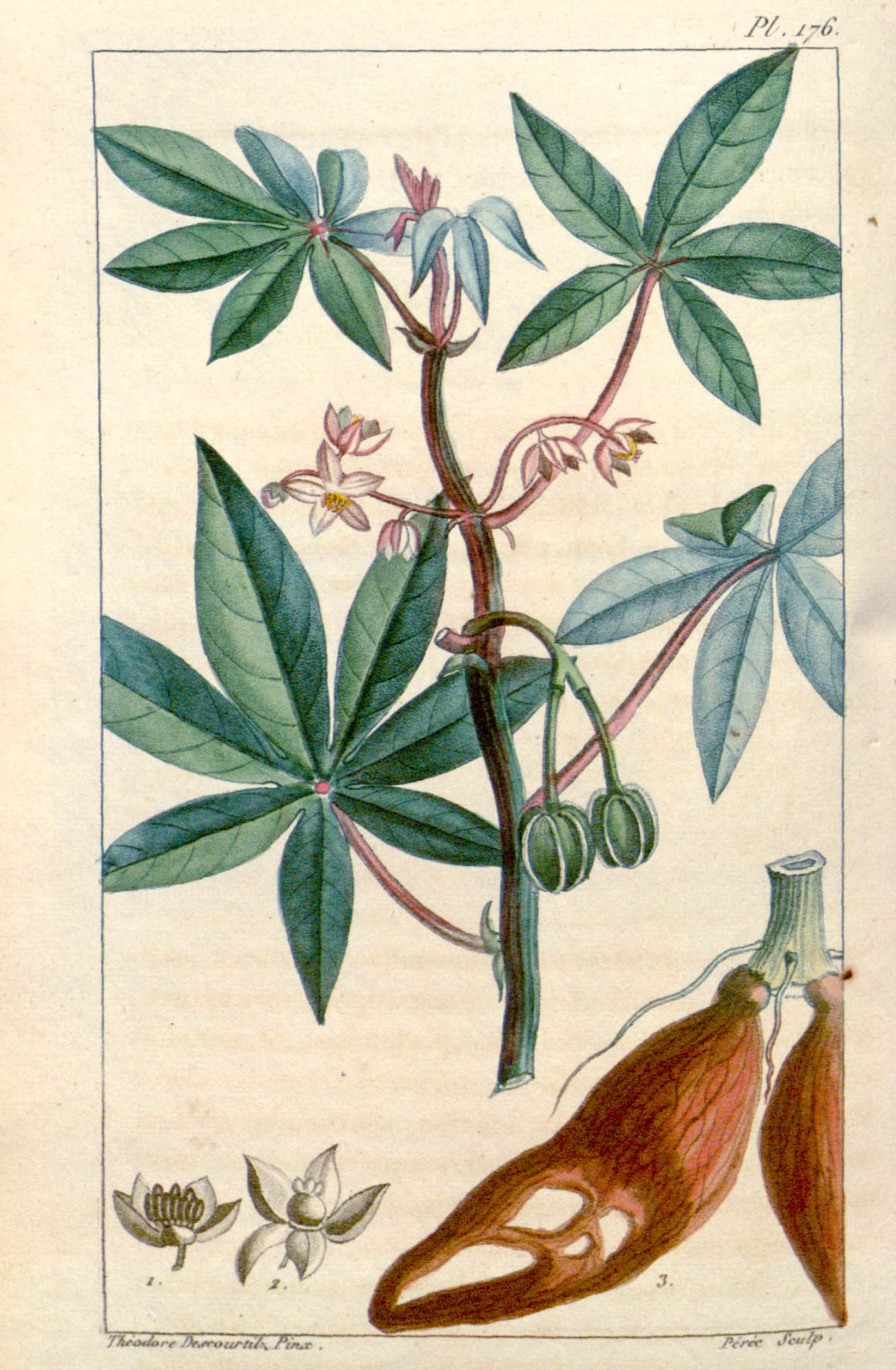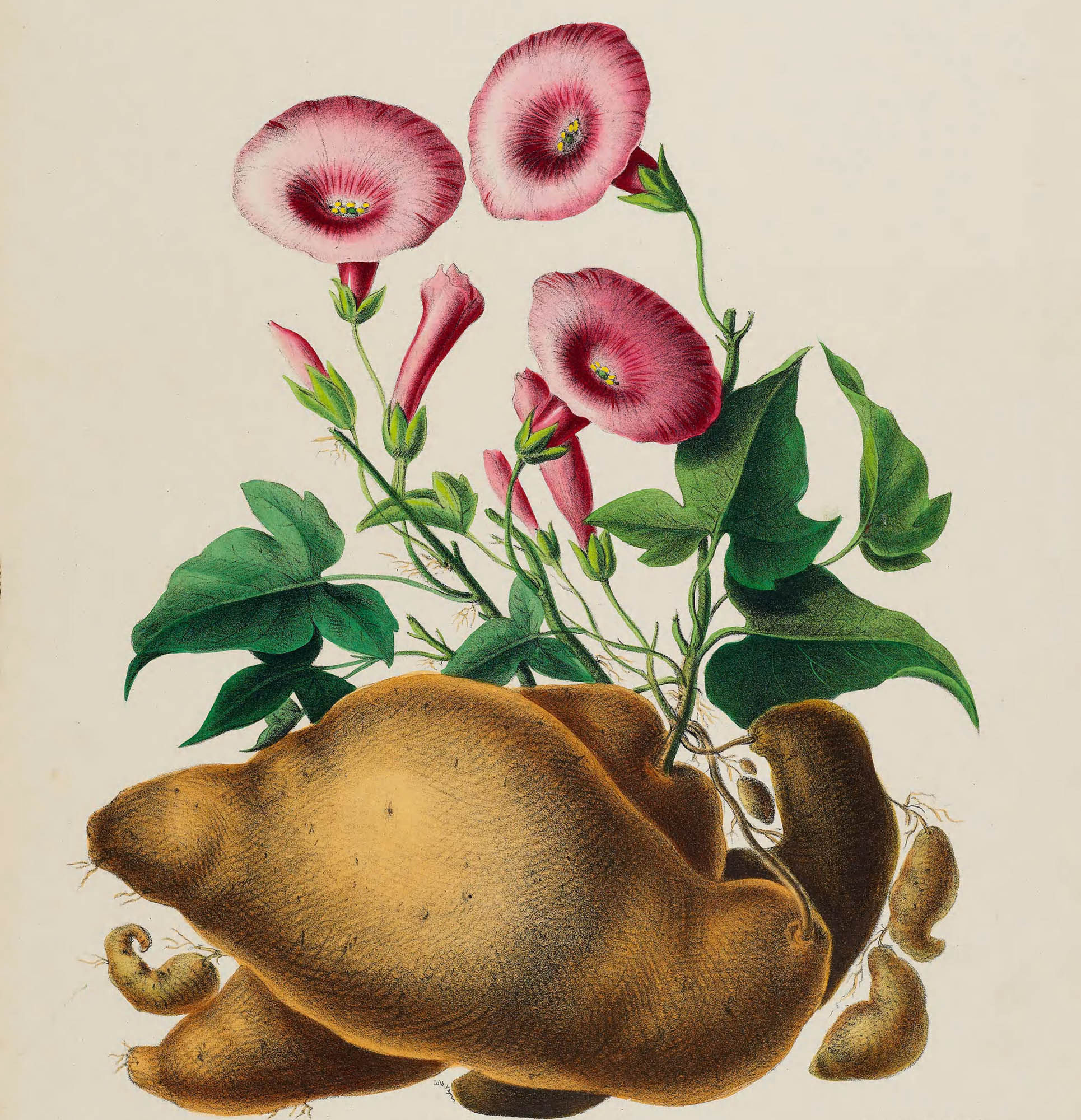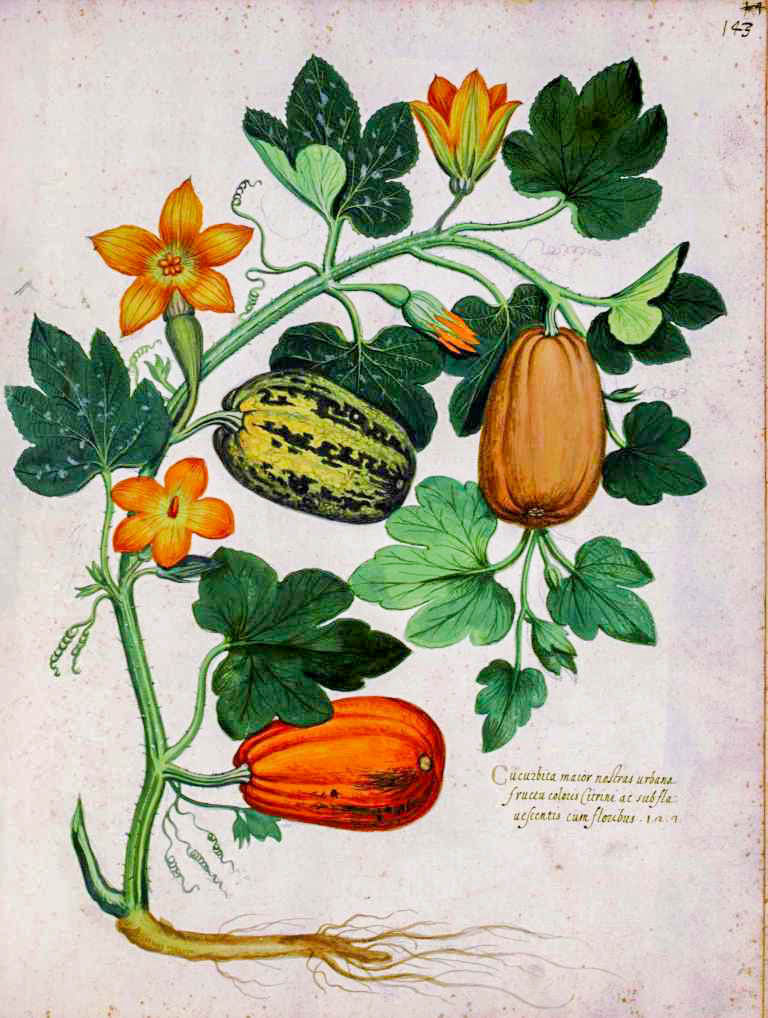Cassava (Manihot esculenta)

The roots of Caribbean farming
Amerindian people brought a variety of food crops to the Caribbean. Some of them have been grown on the islands for thousands of years. These crops are not as familiar as export crops like sugar or cotton, but they have fed countless generations of Caribbean people.
Cassava (Manihot esculenta)

Cassava was the main crop for Amerindians in the Caribbean. It is a root vegetable from South America, and it has several features that make it valuable here. It is a very reliable crop that can produce food even in poor soil or drought. Once planted, it can grow without additional care. Bitter Cassava is high in cyanide and must be prepared carefully, but also resists pests. Cassava bread can stay good for months.

Many other important Amerindian crops were root vegetables, like Sweet Potato, Tannia and Arrowroot. Root vegetables can be left in the ground and harvested when needed. This is life-saving in times of drought, or when a hurricane destroys above-ground crops. These roots were often grown in mounds of soil, a practice that is still used today.

Arrowroot (Maranta arundinacea)
Tannia (Xanthosoma sagittifolium)


Pumpkin and Squash (Cucurbita moschata).
Although many new crops arrived during the colonial period, these ancient root crops are still grown throughout the Caribbean. Beans, Pumpkin, Corn and other crops grown by Amerindians are also found in most gardens and farms. To this day, the crops and techniques of Amerindian farmers are still feeding Caribbean people.
Corn (Zea mays)
